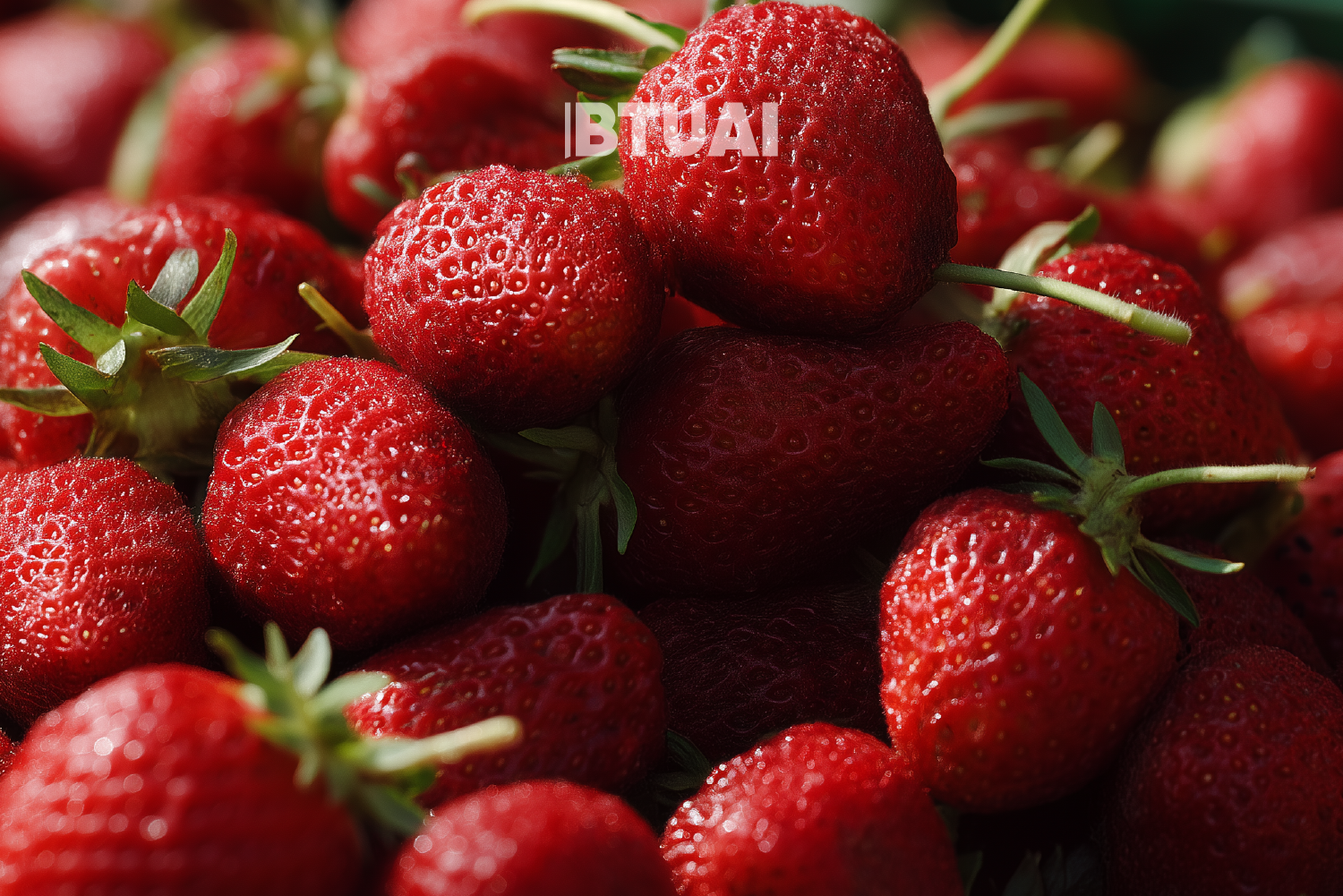The Growing Trend of Strawberry Imports: Who Supplies the Georgian Market
Food imports in Georgia have been steadily increasing for years, and in 2024, according to Geostat, they surpassed 2

Food imports in Georgia have been steadily increasing for years, and in 2024, according to Geostat, they surpassed 2 billion USD. This figure mostly includes staple food items, but growing attention is being paid to impulse-driven products that were once considered seasonal. One notable example is strawberries—traditionally a culinary symbol of May and June—which are now becoming a year-round consumer item.
In 2024, strawberry imports exceeded 4 million USD for the first time (source: Geostat). This is nearly four times higher than the previous year. The growth has been consistent since 2020, but a spike of this magnitude had not been recorded until now. The shift is not just quantitative. The market structure itself is radically one-sided: over 99% of imports come from a single country—Turkey (source: ITC).
While Turkey has long been the dominant supplier, in 2024 it effectively replaced all other source countries. Imports from Greece, Azerbaijan, Egypt, and Armenia together account for less than one percent of total volume. This concentration does not just reflect trade convenience. Turkey’s geographical proximity, fast logistics, low costs, and earlier harvest season give it a clear advantage.
Domestic production, which fluctuates around 5,000 tonnes annually, remains a seasonal and regionally limited resource. Georgian strawberries typically reach the market from May to June, which only satisfies short-term demand. Without cold storage, processing capacity, or large-scale distribution, local supply cannot compete with imports that begin appearing on store shelves as early as March.
Over the past years, several support programs have been launched in Georgia’s agricultural policy—subsidies, financing for new plantations, and technical assistance among them. However, market behavior shows that growing demand cannot be met by technological progress alone. Scale, consistency, and uninterrupted supply are necessary—and currently, only Turkey provides them.
The case of strawberries is more than a single-product story. It reflects how market logic changes when seasonality no longer dictates consumer behavior and only year-round accessible products remain in the consumer basket. Georgian strawberries retain their unique taste and emotional value, but at a systemic level, the market now follows Turkish rules.




